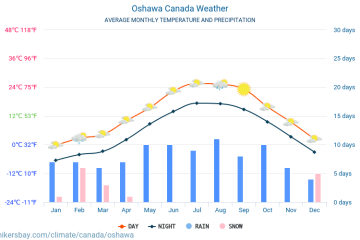Nepal vs Samoa: Cultural and Geographical Insights

Introduction
The nations of Nepal and Samoa may be separated by great distances, yet they each offer unique cultural and geographical tapestries that pique global interest. Nepal, nestled in the heart of the Himalayas, is renowned for its majestic landscapes, rich history, and diverse cultures. Conversely, Samoa, located in the South Pacific, impresses with its tropical beauty, vibrant traditions, and ecological variety. Understanding the contrasts and similarities between these two nations can provide valuable insights into their respective identities and contributions to the global community.
Cultural Heritage
Nepal’s culture is a melting pot influenced by Hinduism and Buddhism, visible in its festivals, rituals, and day-to-day life. Celebrated events like Dashain and Tihar showcase this blend, as does the architecture of places like Kathmandu, which is dotted with ancient temples and stupas.
On the other hand, Samoa’s culture is deeply rooted in Polynesian traditions, embodying a communal lifestyle centered around values such as respect and kinship. The traditional *fa’a Samoa* (the Samoan way) governs social interactions and reflects in their music, dance, and community gatherings, with events like the fiafia night showcasing their vibrant artistry.
Geographical Features
The geography of Nepal is characterized by its mountainous terrain, including eight of the world’s fourteen highest peaks, including Mount Everest. This remarkable landscape presents immense opportunities for adventure tourism, drawing trekkers and mountaineers from around the world. The varied climate ranges from tropical in the Terai plains to arctic in the Himalayas, supporting an array of ecosystems.
In stark contrast, Samoa consists of lush volcanic islands that offer pristine beaches, coral reefs, and tropical rainforests. The islands are impacted by a warm tropical climate, perfect for agriculture and tourism, with a focus on coconut and taro as staple crops. Tourism highlights include the stunning waterfalls and crystal-clear lagoons that decorate the islands.
Economic Overview
Nepal’s economy is primarily agrarian, though it has been expanding into sectors such as tourism, remittances from abroad, and hydroelectric power. The government focuses on improving infrastructure to promote economic development.
Samoa’s economy relies notably on tourism, agriculture, and remittances from Samoans living overseas. The government promotes sustainable tourism to protect its natural beauty while providing economic benefits.
Conclusion
While Nepal and Samoa are worlds apart geographically and culturally, both nations share a commitment to preserving their heritage and natural beauty. Each offers unique experiences shaped by their histories and environments. As both countries continue to develop, they can serve as examples of how to balance modern needs with a respect for tradition and ecology. For travelers and international observers alike, understanding these differences enhances appreciation for the world’s diverse cultures and communities.








